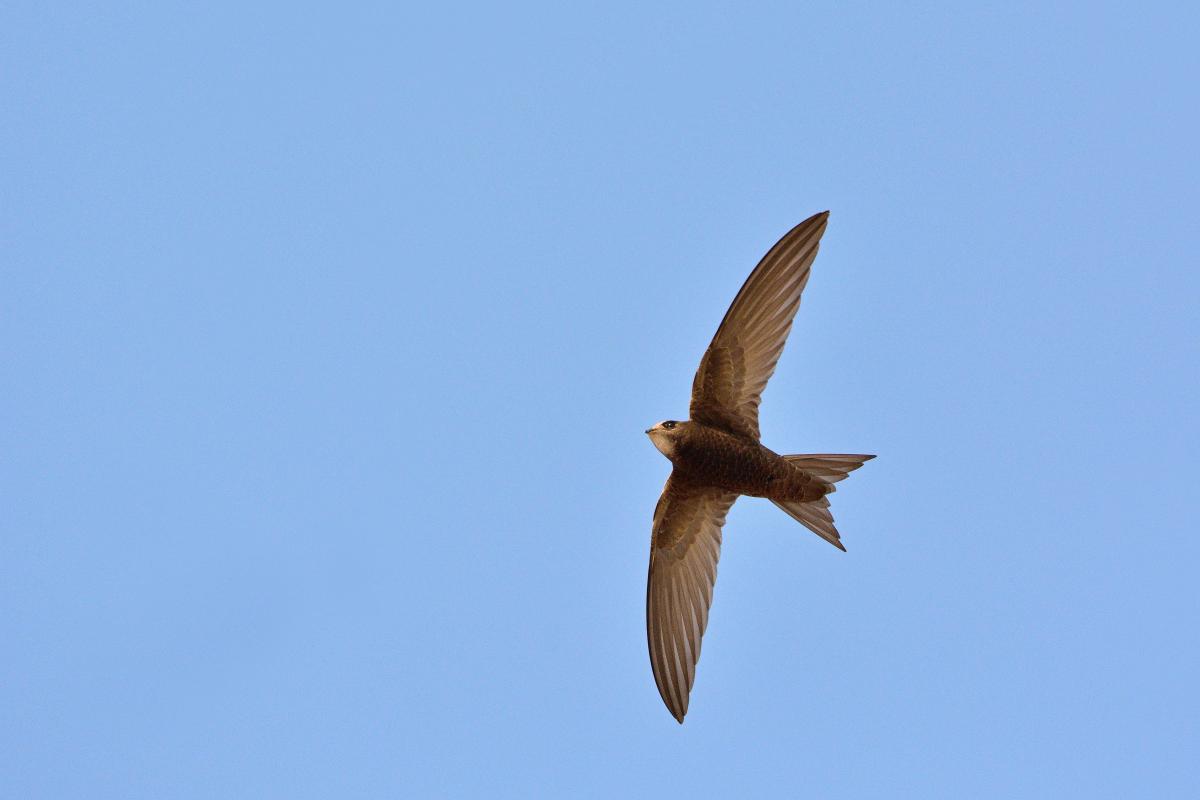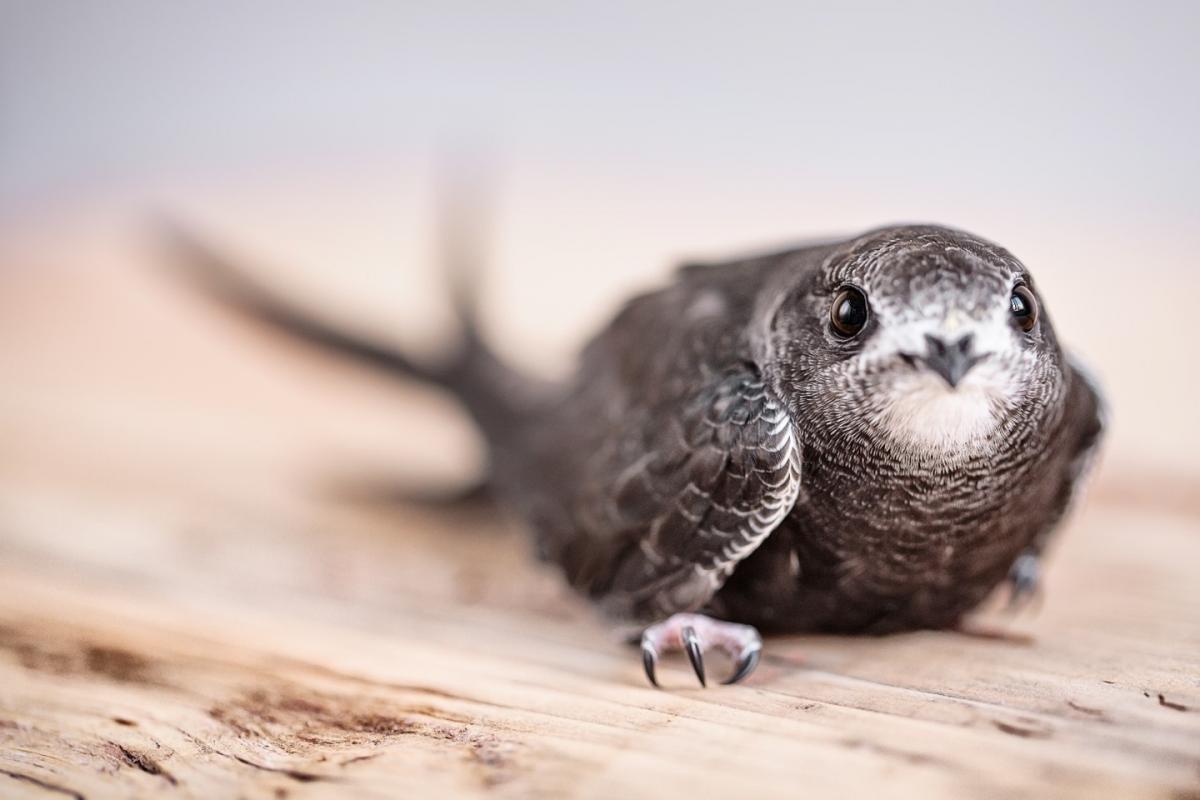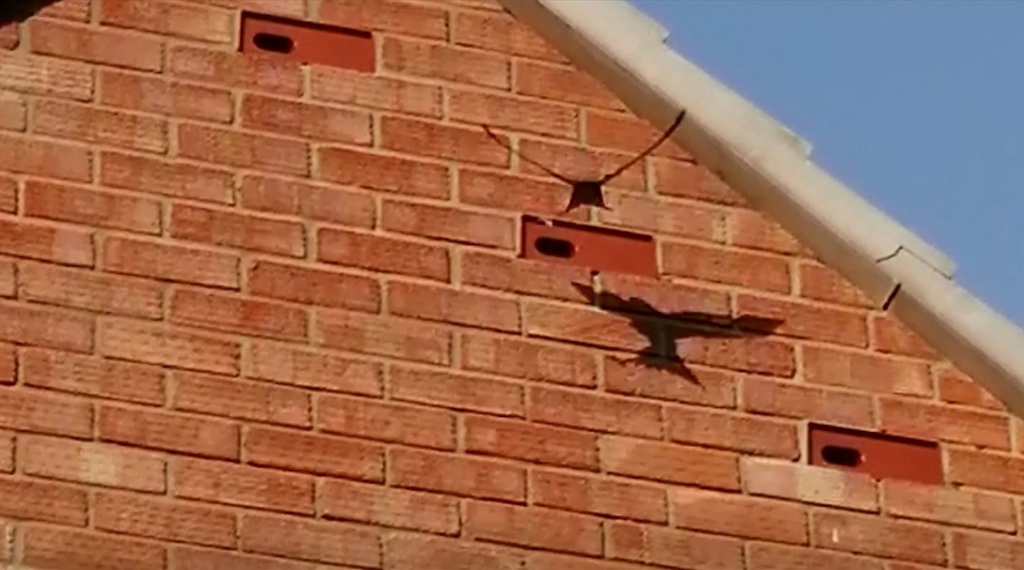Service
From our first foray into the building industry through to our latest product innovations, Manthorpe Building Products has grown year on year thanks to a philosophy of continuous investment and development.
Read more
With the arrival of spring the days grow brighter, the temperatures start to rise, and migratory birds start to return to our shores, swifts being one of the last summer migrants to arrive.
Swifts spend most of their lives in sub-Saharan Africa, however, every spring, they make one of the longest migration journeys in the world, travelling an astonishing 6,000 miles to breed in the UK. In July and August swifts head back to Africa, this migration is believed to be triggered by the lack of insects in the air.

Swifts are easily confused with other migrant birds such as house martins and swallows. One way to identify them is by looking at the tail. On a swift, this is short and forked, while swallows have long, straight tail feathers. The tails of house martins are short, stubby, and fanned.
The wings of these birds differ too. The swift’s wings are long and scythe-like compared to the more delicate ark of the swallow or the fighter-jet wings of the house martin.
Swifts are sooty brown in colour with a pale chin. On the contrary, swallows and house martins show an array of whites, blues, and reds in their feathers.

You’re most likely to spot swifts careening over the rooftops in what are sometimes called ‘screaming parties.’ They spend more time in flight than any other species – in fact, they eat, drink, and even mate and sleep in the sky.
Sadly, swift numbers are falling rapidly due to a loss of nest sites. These birds like to nest under the eaves of old houses and churches, and with renovations, re-roofing and demolitions, swifts lose their precious nesting spots.
They might also be affected by falling numbers of insects due to pesticides, as well as other issues related to their migratory route and winter homes.
Swifts live happily alongside people, so there are several things you can do to help. A survey carried out by University of Gloucestershire Masters student Sarah Roberts in 2018, highlighted positive public attitudes towards wildlife living in built-in boxes in our walls and roofs. When asked whether they thought these boxes for bats or birds – including swifts - were a good idea, 61% were positive and 36% unconcerned about having them in their own homes.
Swifts also make excellent neighbours, making little mess and only spending 12 weeks around their nests, so installing a nest box is one of the best ways to help.

If you have a property being built or renovated, you could include 'swift bricks' which fit neatly inside the walls. Developed with the help of conservation experts our range of Swift Nesting Bricks is designed to provide a safe and spacious area for swifts to nest within the modern home. Alternatively, you could even make your own swift box – detailed instructions are on the RSPB website.
If you would like any further information on our Swift Nesting Bricks, please contact us on 01773 303030 or email mbp.care@manthorpebp.co.uk
From our first foray into the building industry through to our latest product innovations, Manthorpe Building Products has grown year on year thanks to a philosophy of continuous investment and development.
Read moreAt Manthorpe we pride ourselves on our high quality standards, not just for the products that we produce; but for our design, manufacture, sales and delivery processes as well.
Read moreInnovation has always been at the core of the company. From new technology investment to in-house research and development, Manthorpe is constantly looking ahead to meet the needs of the industry.
Read more